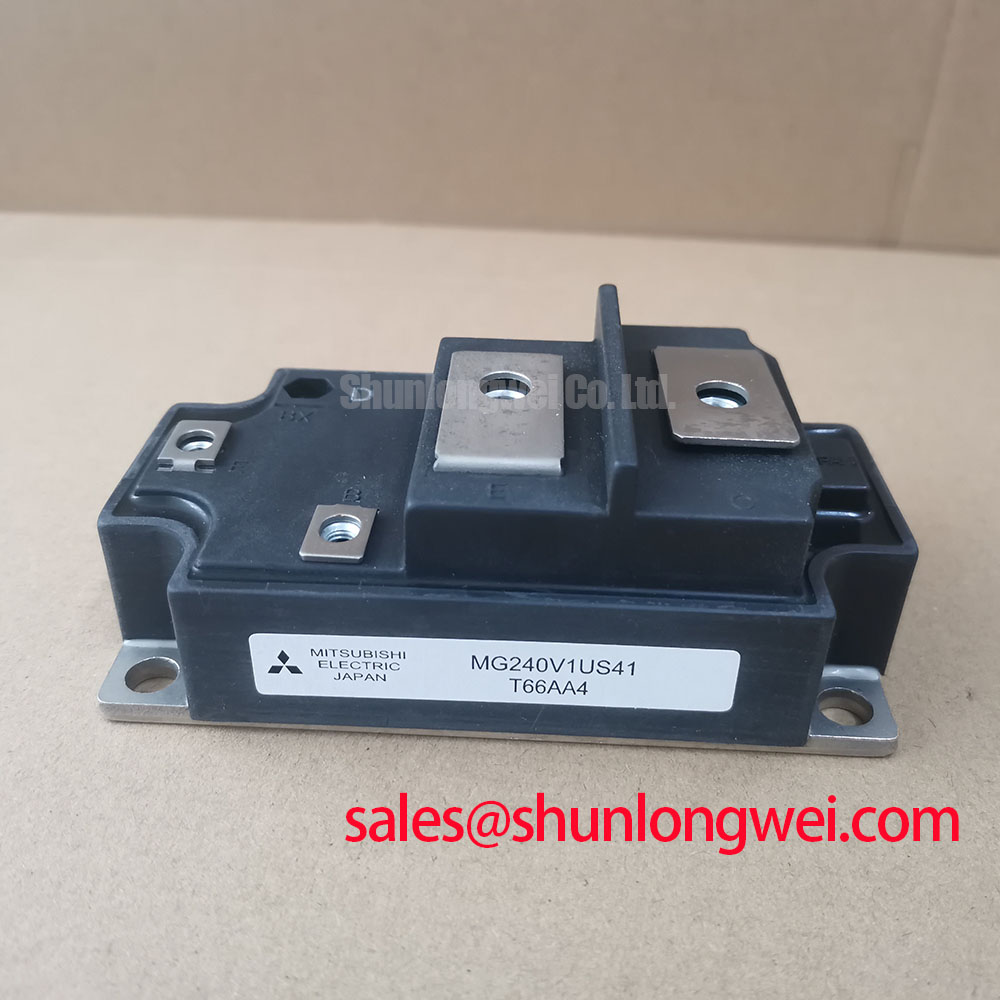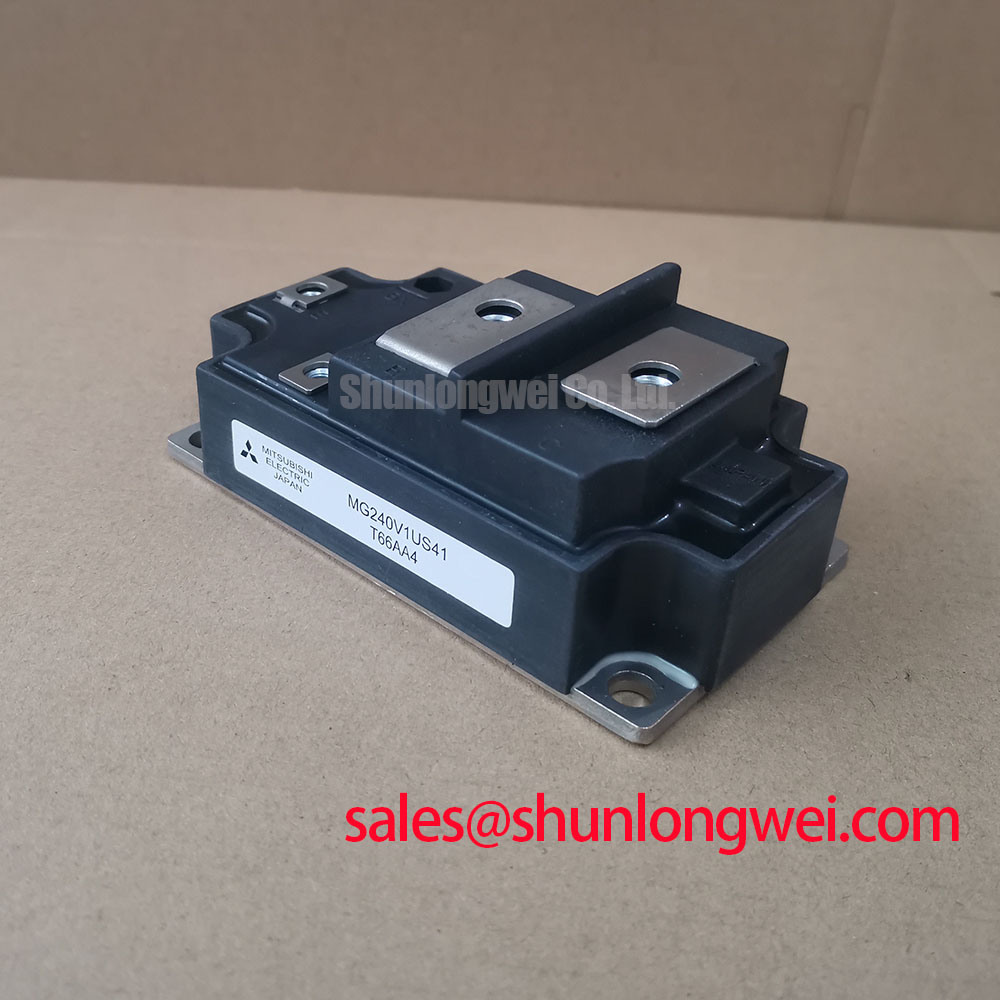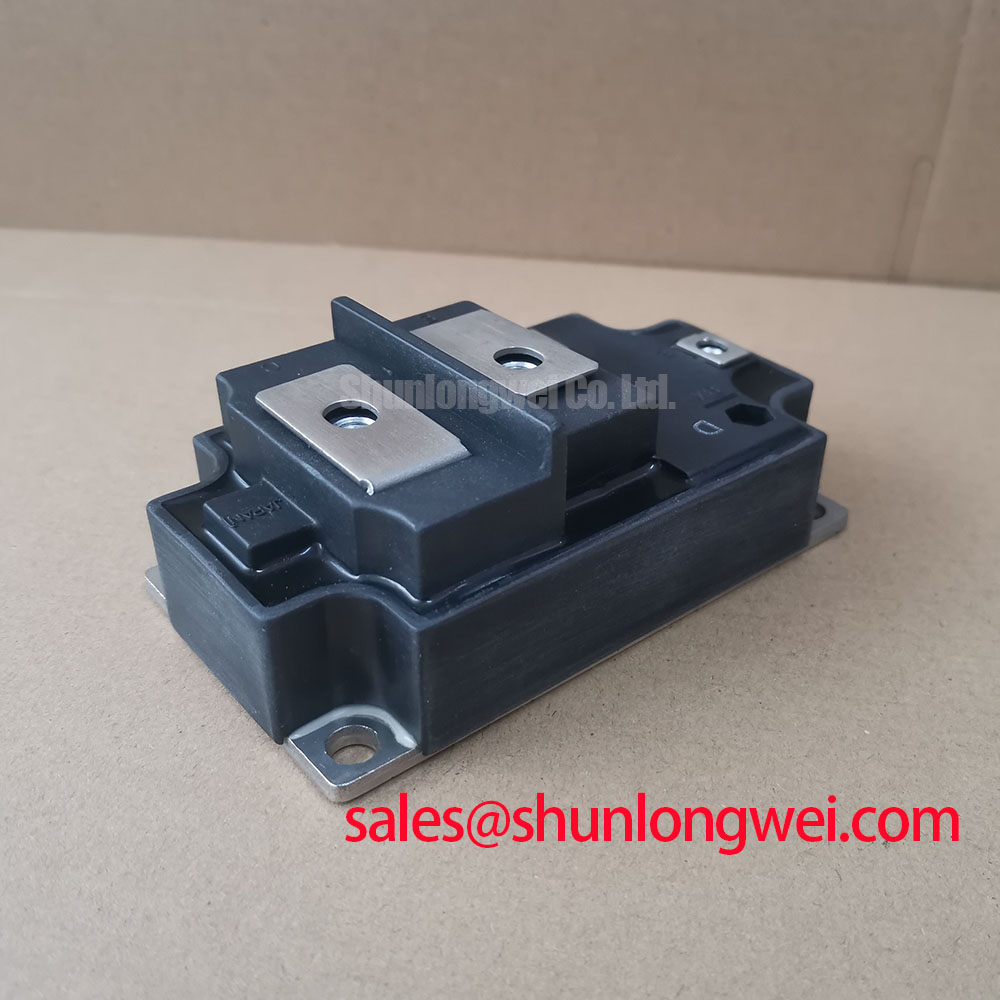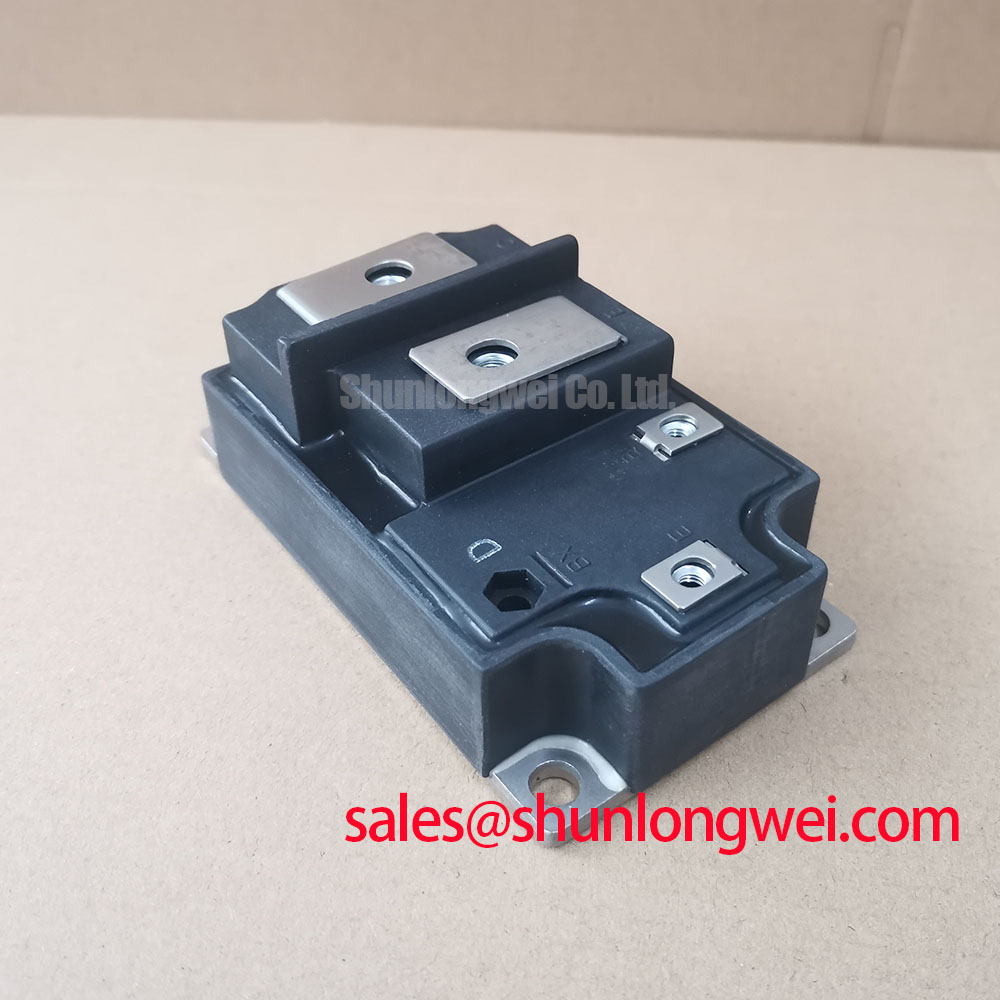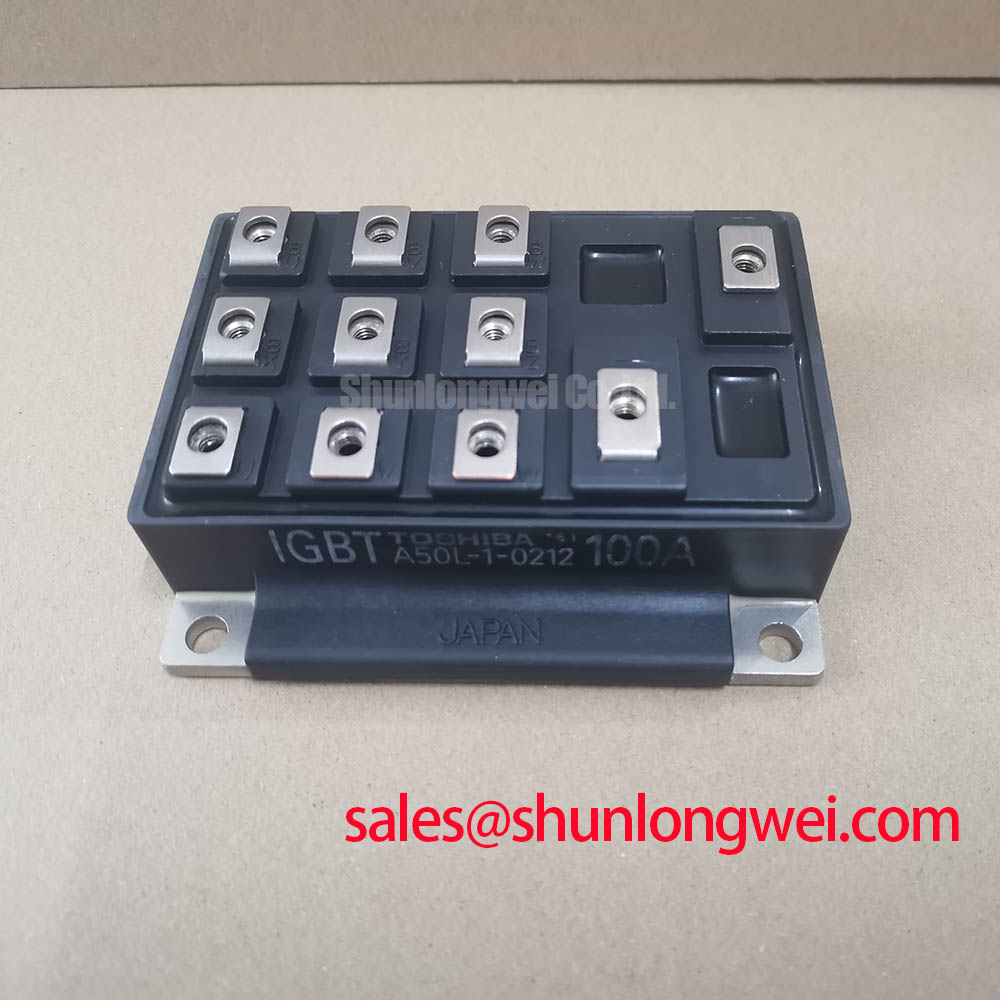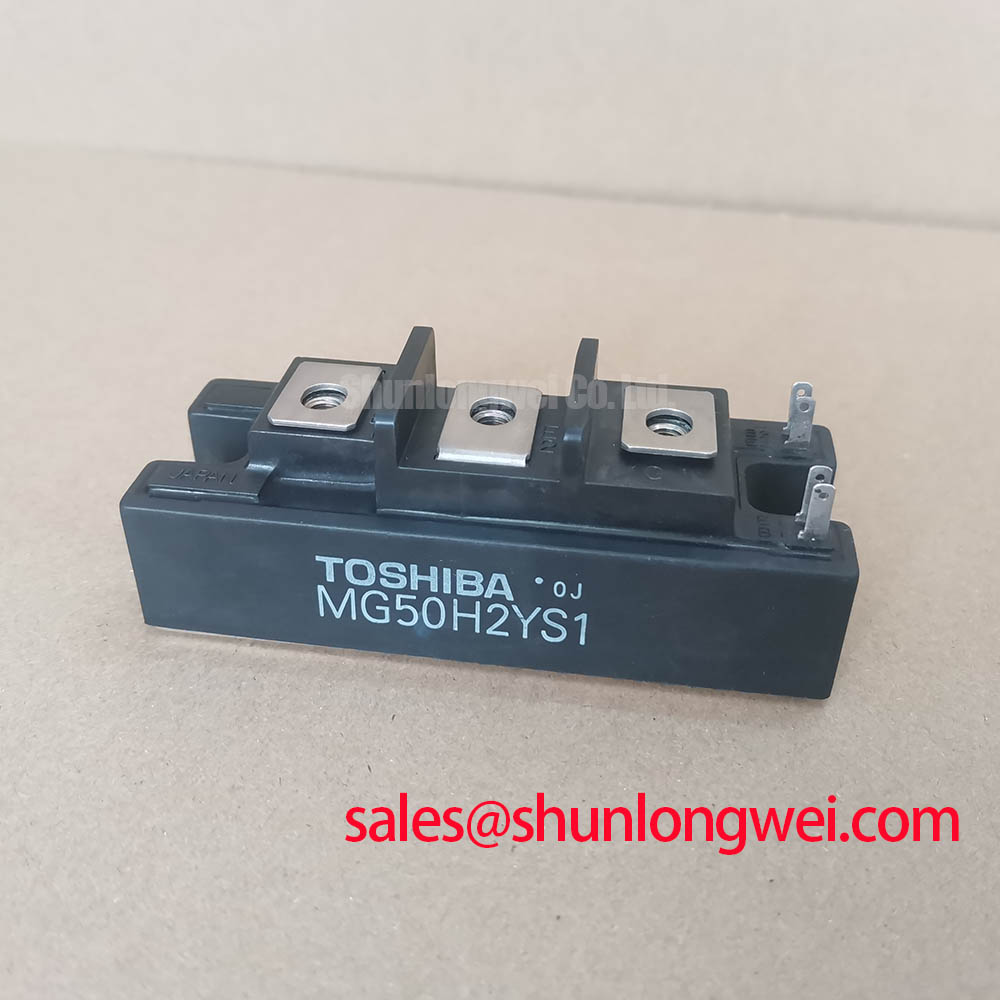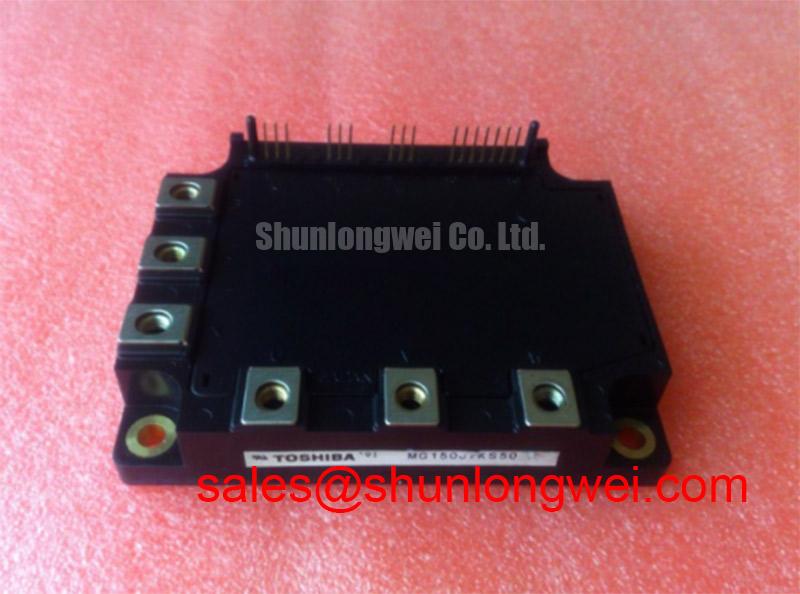MG240V1US41: Analysis of a High-Power Transistor Module
Engineered for robust power switching, the Toshiba MG240V1US41 G-TR Transistor Module delivers high current capacity with a design focused on thermal stability. With its 240A collector current and 1700V rating, it provides a solid foundation for demanding industrial drive and high-power control systems. This module prioritizes durability through its isolated baseplate construction, which directly addresses a primary engineering challenge: ensuring effective heat dissipation to maintain performance and extend service life under heavy loads. Its internal Darlington configuration simplifies gate drive requirements while achieving substantial power amplification.
Operational Contexts for Thermal Resilience
The MG240V1US41 is specified for high-power switching and motor control applications. Its electrical and thermal characteristics make it a viable component for systems where managing heat and ensuring operational stability are primary design considerations. The module's architecture is built around a copper baseplate that is electrically isolated from the transistor terminals, a design choice that is crucial for simplifying thermal management. By allowing the module to be mounted directly to a common heatsink without complex insulating layers, thermal resistance is minimized, facilitating more efficient heat transfer away from the semiconductor junctions.
What is the benefit of its high collector-emitter voltage? The 1700V (V_CES) rating provides a significant safety margin for applications running on high-voltage DC buses, making it suitable for large-scale industrial equipment. With a total power dissipation (P_C) of 1800W at a case temperature of 25°C, this module is the definitive choice for high-duty-cycle motor drives and power converters where thermal stability is paramount.
- Industrial Motor Drives: Suitable for AC/DC motor controllers in manufacturing, conveyor systems, and pumps where robust current handling and thermal headroom are necessary.
- High-Power Inverters: Its voltage and current ratings are aligned with the requirements for the power stages of inverters used in industrial power conversion.
- Welding Power Supplies: Capable of handling the high-current pulses and sustained loads characteristic of advanced welding equipment.
Interpreting the Module's Architecture
The MG240V1US41 is built as a single-unit Darlington transistor module. This "G-TR" configuration integrates two bipolar transistors and a freewheeling diode in a single package. From a system design perspective, this integration offers a distinct advantage over discrete solutions. The Darlington pair provides a very high current gain (h_FE), specified at a minimum of 75. This allows the high-current output to be controlled by a much lower input current, simplifying the complexity and power requirements of the gate drive circuitry. The co-packaged freewheeling diode is essential for protecting the main transistor from inductive voltage spikes, a common occurrence in motor control applications.
Technical Deep-Dive: Performance Under Load
A closer examination of the datasheet reveals characteristics that define the module's performance envelope. The collector-emitter saturation voltage (V_CE(sat)) is a critical parameter for efficiency, specified at a maximum of 2.5V at the full rated current of 240A. This value directly impacts conduction losses; a lower V_CE(sat) translates to less heat generated during the 'on' state. For a high-power device, managing this loss is fundamental to the overall thermal design. The module's thermal resistance from junction to case (R_th(j-c)) is rated at 0.069 °C/W for the transistor. This parameter is analogous to the narrowness of a pipe carrying heat; a lower value signifies a wider, more efficient pathway for heat to travel from the active silicon to the heatsink. This low thermal resistance is a cornerstone of the module's ability to operate reliably at high power levels. For further reading on thermal performance, see the guide on unlocking IGBT thermal performance.
Industry Perspective on Module Design
In the landscape of power electronics, module-based designs like the MG240V1US41 represent a strategic choice for engineers balancing performance, reliability, and assembly costs. While newer technologies like SiC (Silicon Carbide) offer higher switching frequencies, the established performance and cost-effectiveness of silicon-based Darlington modules ensure their continued relevance in many high-power, medium-frequency industrial applications. The robust packaging and proven reliability of this type of module align with industry demands for long-term operational availability and reduced maintenance cycles in critical infrastructure. For engineers working on system upgrades or new designs, understanding the trade-offs between different power semiconductor technologies is key. You can explore this further in the comparison between IGBTs, MOSFETs, and BJTs.
Comparative Data for Informed Decision-Making
When evaluating power modules, engineers often compare key specifications to identify the best fit for their specific design constraints. The MG240V1US41 offers a high voltage rating that provides a substantial design margin in systems where voltage transients are a concern. For systems that may not require such a high voltage but demand higher current, a device like the MG400Q2YS60A, with its 400A rating, might be considered. The choice between modules often hinges on a trade-off between voltage overhead, current capacity, and thermal performance characteristics. This data-first approach empowers engineers to make decisions based on the specific electrical and thermal budget of their project.
Key Technical Specifications and Their Engineering Value
The following table outlines key parameters from the MG240V1US41 datasheet and their direct implications for system design.
| Parameter | Value | Engineering Significance |
|---|---|---|
| Collector-Emitter Voltage (V_CES) | 1700V | Provides substantial safety margin against voltage spikes, making it suitable for high-voltage industrial systems. |
| Collector Current (I_C) | 240A (DC) | Enables control of high-power loads such as large industrial motors and welding arcs. |
| Collector-Emitter Saturation Voltage (V_CE(sat)) | 2.5V (Max) | Determines conduction losses. This value is critical for calculating thermal load and overall system efficiency. |
| Total Power Dissipation (P_C) | 1800W @ Tc=25°C | Indicates the maximum amount of heat the module can dissipate, defining its upper limit for power handling. |
| Thermal Resistance, Junction-to-Case (R_th(j-c)) | 0.069°C/W (Transistor) | A lower value signifies more effective heat transfer from the silicon die to the heatsink, enhancing reliability and performance headroom. |
| Isolation Voltage (V_Isol) | 2500V (AC, 1 minute) | Ensures high electrical isolation between the power circuit and the mounting chassis, improving safety and simplifying system grounding. |
Download the Datasheet for complete specifications.
Frequently Asked Questions
Here are answers to common questions regarding the implementation of the MG240V1US41.
- What does the 'G-TR' designation signify?
G-TR stands for Giant Transistor, which is Toshiba's terminology for their high-power Darlington transistor modules. It indicates a module containing a Darlington pair for high current gain. - How does the V_CE(sat) of 2.5V impact thermal design?
At its full rated current of 240A, the module will generate up to 600W (2.5V * 240A) of heat from conduction losses alone. The thermal management system (heatsink, fan, etc.) must be designed to effectively dissipate this heat to keep the junction temperature below its maximum rating of 150°C. - Can MG240V1US41 modules be connected in parallel?
While paralleling is possible to achieve higher current capacity, it requires careful circuit design to ensure current sharing. This includes matching V_CE(sat) characteristics and using emitter resistors to balance currents and prevent thermal runaway in one module. - What is the primary failure mode in modules of this type and how does its design mitigate it?
A common failure mode in high-power modules is thermal fatigue of solder joints. The MG240V1US41's use of a solid, isolated copper baseplate provides a mechanically stable platform with efficient heat spreading, which helps reduce the thermal stresses that lead to long-term degradation. - Is a negative gate voltage required for turn-off?
The datasheet specifies characteristics with a reverse bias (V_BE) of -5V. While not always mandatory, applying a negative voltage to the base-emitter junction at turn-off provides a faster, more controlled switching action and improves noise immunity, preventing accidental turn-on.
Design Considerations for Future Systems
When integrating the Toshiba MG240V1US41, engineers should look beyond the primary ratings and consider the entire system. The high current gain simplifies the driver stage, but attention must be paid to the layout to minimize stray inductance, which can cause overshoot. Furthermore, the selection of the heatsink and thermal interface material is not trivial; it is a critical decision that directly influences the module's long-term reliability. As power density requirements increase, leveraging the module's low thermal resistance becomes a key element in achieving a compact and robust final design. Careful analysis of the Safe Operating Area (SOA) curves provided in the datasheet is also essential to ensure the device is not subjected to destructive electrical or thermal stress during turn-on, turn-off, or short-circuit events.

